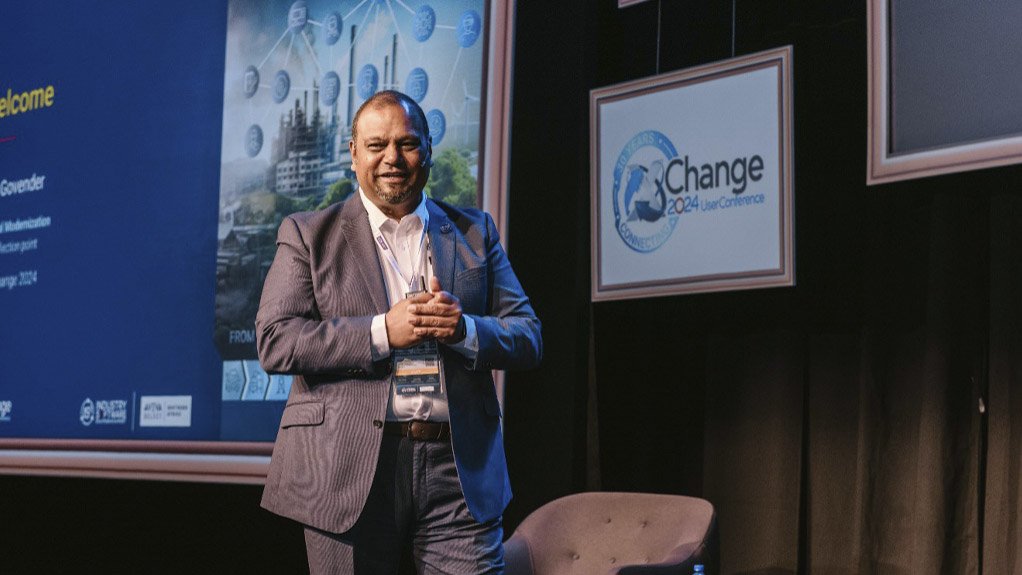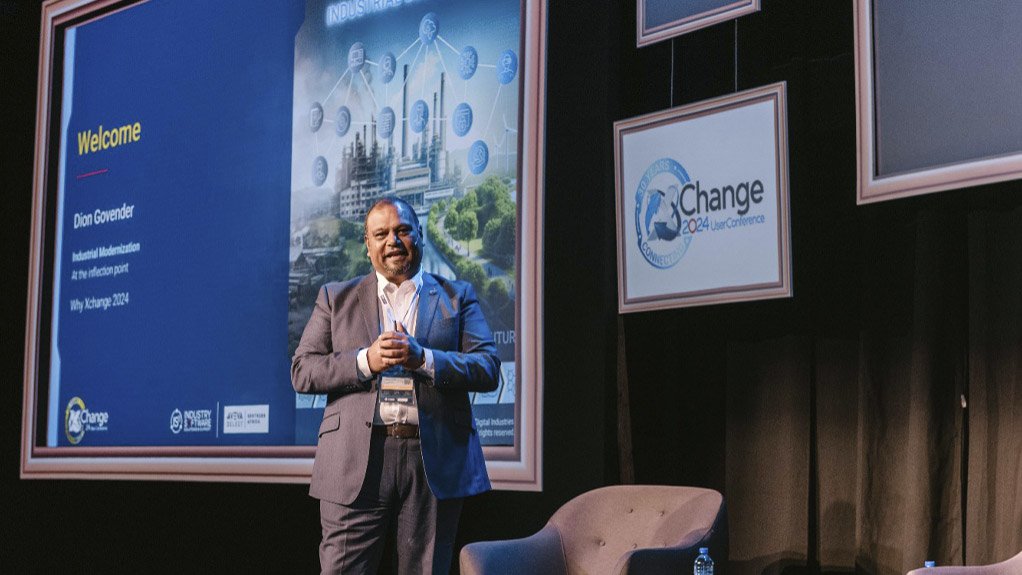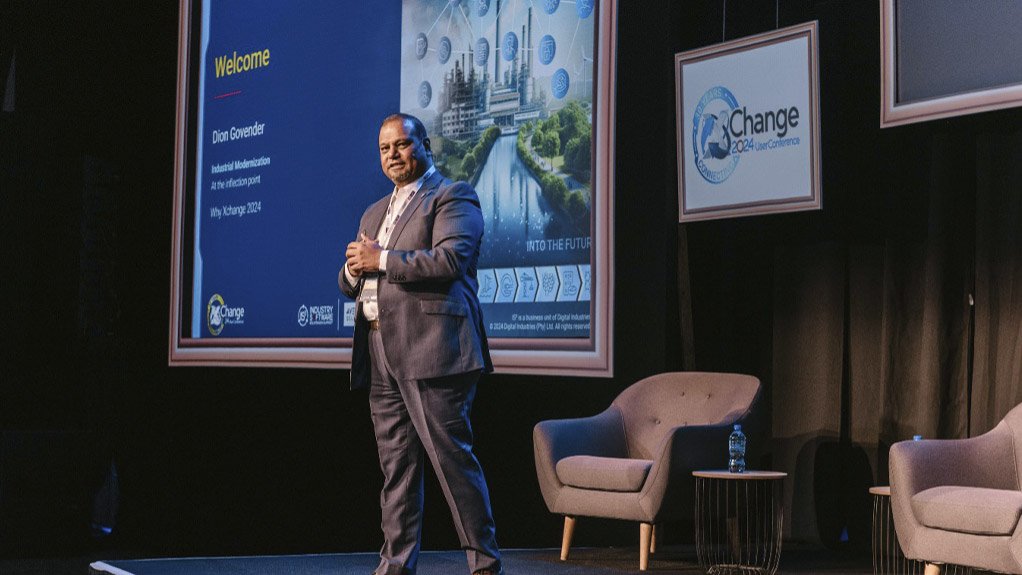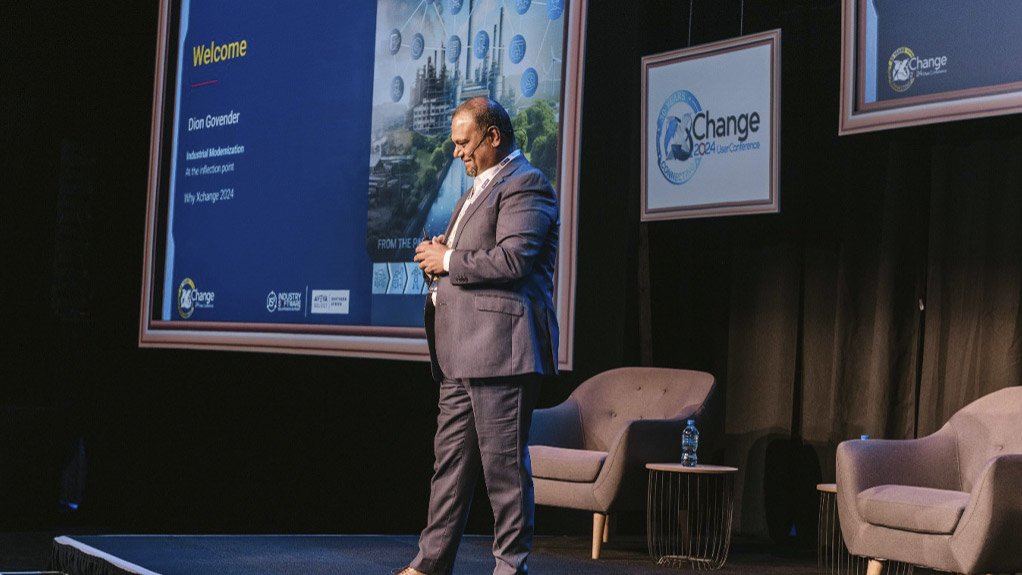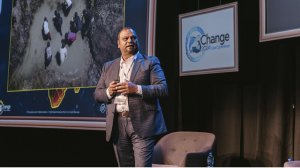Modernise and integrate IT and OT systems to solve Africa’s challenges
The industrial sector in south, east and west Africa urgently needs to transform their aging infrastructure and systems to remain competitive and contribute to addressing the continent’s unique infrastructural and service-related challenges.
Dion Govender, Managing Director of IS3, said at the opening of the 30th XChange Conference in the picturesque Drakensberg, KwaZulu Natal, that the industrial community plays a significant role in facing and addressing these challenges. Although the sector has historically driven economic growth in the region, it now stands at a critical juncture where its own Information Technology (IT) and Operational Technology (OT) challenges are putting it under pressure.
The African and international conference delegates can rise to this challenge by bringing the Information Technology (IT) and Operational Technology (OT) worlds together.
“The local industrial sector needs to respond to the unprecedented challenges it’s experiencing by accelerating its modernisation,” said Govender. “Industrial systems and infrastructure that are nearing the end of their life cycle can’t keep up with changing demands in business optimisation, production and quality.”
There are higher demands on industrial teams and the sector since the pandemic. The sector is expected to do more with less resources and therefore must make fundamental changes to keep operating efficiently and stabilise its businesses.
The industrial sector is also contending with technical debt (deficit of technology and lack of technical expertise) that exists within organisations. This is hampering organisations’ ability to swiftly respond to customer needs.
“The challenge that we face in these African regions is that when industrials don’t have the agility and capacity to respond to market conditions, they lose their competitive edge.”
Technical deficit in the industrial sector
Industrial groups have accumulated ‘technical debt’ because of chronic underfunding of IT and OT infrastructure while their systems architecture remained stagnant. In addition, the sector has lost critical skills and systems knowledge and has not developed sufficient new skills yet. These factors have led to the technical deficit, which represents the growing gap between business needs and sustainability objectives, and the capabilities of supporting existing systems architecture.
“Technical debt in the sector means that costs are increasing while there is a decline in productivity. It creates a significant barrier to innovation, when there is clearly a need for organisations to innovate at this time,” said Govender.
However, industrial groups that adapt to the current business environment by modernising their infrastructure can capitalise on this pivotal point.
Modernising infrastructure
Many industrial groups stand at crossroads when it comes to deciding whether to maintain or overhaul their systems and architecture. For some, it requires a critical balancing act between modernising or retaining legacy systems in their current state.
But modernisation is a strategic imperative that requires a holistic approach. Organisational culture, process and technology must be transformed. “To be successful, companies must address the skills gap, align their modernisation drive with their core business goals and deliver a measurable return-on-investment,” said Govender.
IS³ recommends investing in initiatives that have the greatest potential impact. This can be done by first modernising systems that are unstable, demand excessive manual oversight or are incompatible with emerging technologies.
“The blueprint for modernisation in the sector is creating visibility of the full value chain by bringing IT and OT worlds together,” emphasised Govender.
Purpose-built solution for industrial sector
Govender highlighted that business continuity concerns can be addressed with the AVEVA Connect industrial cloud platform that has been purpose-built for the industrial sector, including manufacturing and critical infrastructure.
“The Connect platform lays the foundation for addressing our current challenges and transforming our environments without replacing our IT and OT infrastructure. It is a gamechanger as it paves the way for broader innovation across processes, services and products.”
“AVEVA’s Connect software solution seamlessly merges the IT and OT worlds for industrials. It provides the decisionmakers – such as CEOs, CIOs, COOs, and CFOs – with the visibility of operations and the value-chain required to optimise their businesses and maintain a connected industrial ecosystem.”
*The XChange 2024 conference is presented by IS³, a business unit of Digital Industries. It is the leading industrial software conference in Africa, presents businesses in the industrial sector with an opportunity to modernise their environments through engaging the leading technologies, expertise and partners.
Read our next article: AVEVA drives sustainable transformation in Africa’s industrial sector here: https://www.engineeringnews.co.za/article/aveva-drives-sustainable-transformation-in-africas-industrial-sector-2024-06-18
Edited by: Creamer Media Reporter
EMAIL THIS ARTICLE SAVE THIS ARTICLE
ARTICLE ENQUIRY
To subscribe email subscriptions@creamermedia.co.za or click here
To advertise email advertising@creamermedia.co.za or click here









